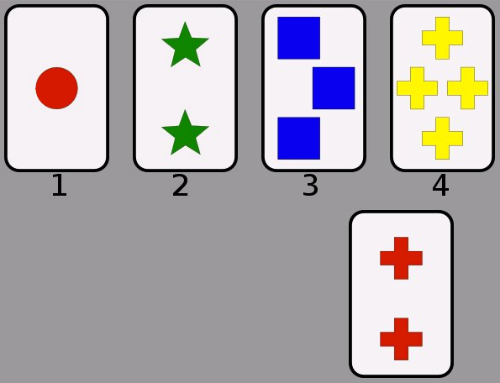Click here for the next report.
San Francisco—Liver transplants improvement of cognitive function for individuals with cirrhosis, but exactly how and why has remained unclear. Now researchers report that marked improvement on a variety of cognitive tests correlate with changes in brain activity seen in functional magnetic resonance imaging (fMRI).
V Ahluwalia and colleagues performed cognitive testing on patients with cirrhosis who were also on the transplant list. The researchers asked patients to complete questionnaires regarding depression and quality of life before and 6 months after liver transplantation. Cognitive tests included number connection A/B (trail-making), digit-symbol, and block design tests to evaluate psychomotor speed, set-shifting, and visuo-motor coordination. Dr. Ahluwalia presented the findings in poster 52 at the 2015 annual meeting of the AASLD, held here recently. Click here to access the entire abstract.

Patients (n=39) underwent testing before and after transplantation. The researchers found significant improvement in all measures of psychological and psychosocial health and quality of life, as well as notable improvement in cognitive performance on all tests.
The fMRI analysis showed a significantly improved correct-lure inhibition (pre 34 vs post 37, P=0.02), which was associated with greater activation of the basal ganglia, fronto-parietal, and cingulate gyri that mediate information processing and executive function. Improvements in target response (94% to 97%) were associated with activation of areas that mediate vigilance, language, and arousal, including the anterior cingulate, frontal pole, angular gyrus, supra marginal, and parietal lobule and insula.
